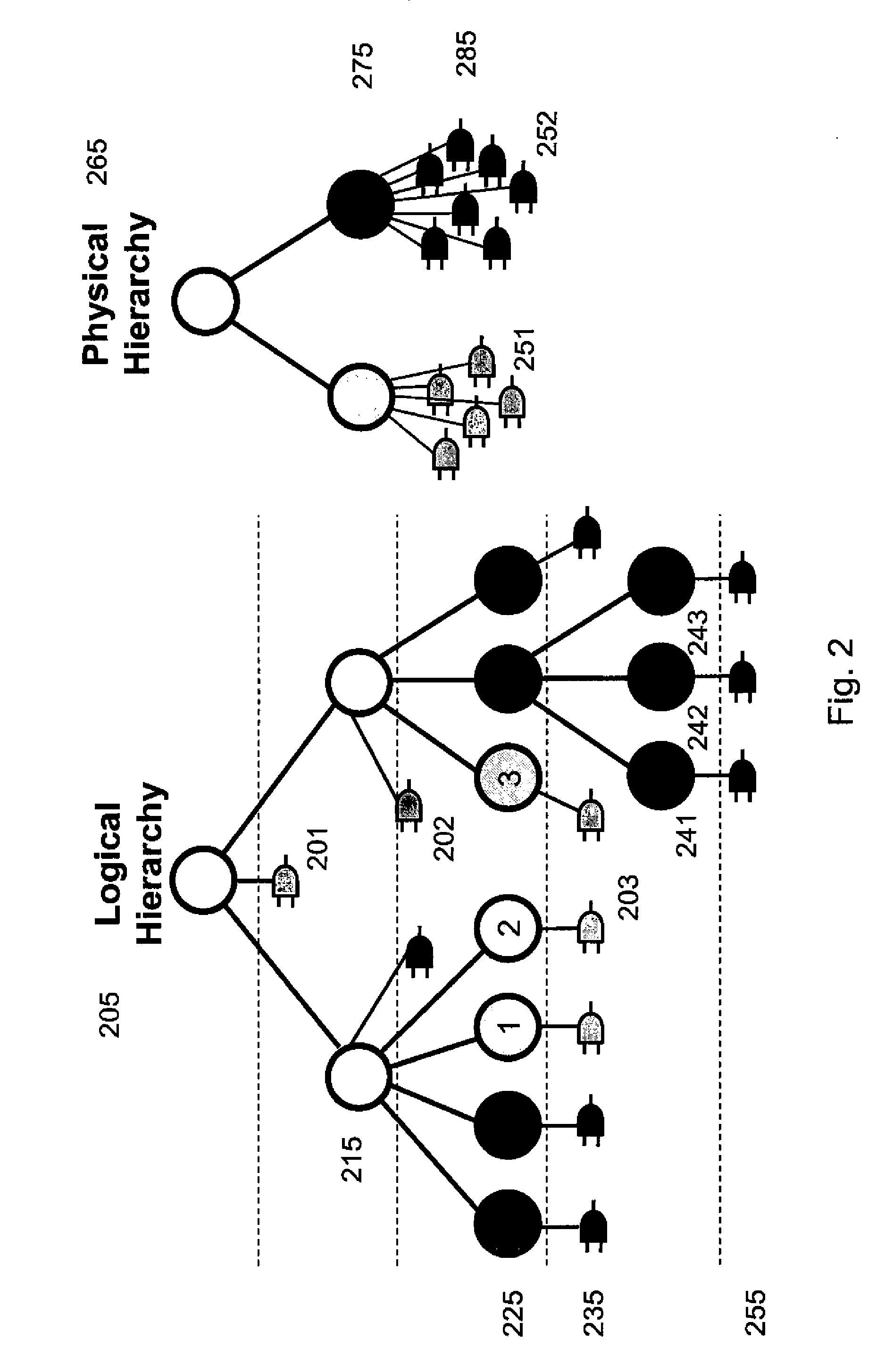Placement-Driven Physical-Hierarchy Generation
a physical hierarchy and hierarchy technology, applied in the field of integrated circuit design, can solve the problems of increasing signal delay, introducing an extra level of complexity over flat design, and routing deviating from their optimal shortest path, so as to improve the initial partition from initial partition generation, reduce the size of the hypergraph, and high placement affinity
- Summary
- Abstract
- Description
- Claims
- Application Information
AI Technical Summary
Benefits of technology
Problems solved by technology
Method used
Image
Examples
Embodiment Construction
[0039] Methods (and systems) for generation of a physical hierarchy based on placement are described. FIG. 1 is a flow chart illustrating a method for placement-driven physical-hierarchy generation in accordance with one embodiment. One of ordinary skill in the art will recognize that in alternative embodiments, some of the steps described in FIG. 1 are optional, and in addition, the steps can be performed in a different order. Examples of alternative embodiments follow the description of steps. Thus, FIG. 1 is merely an example of one embodiment.
A. Virtually-Flat Placement
[0040] Referring to FIG. 1, step 110 is the process of virtually-flat placement. By running a virtually-flat mixed-mode global placer on the entire design a first pass layout is accomplished. The phrase “virtually-flat” means placing all of the leaf cells in the design as if it were flat, even though it is not in fact actually flat. The intermediate levels of logical hierarchy are ignored. A global placer is re...
PUM
 Login to View More
Login to View More Abstract
Description
Claims
Application Information
 Login to View More
Login to View More - R&D
- Intellectual Property
- Life Sciences
- Materials
- Tech Scout
- Unparalleled Data Quality
- Higher Quality Content
- 60% Fewer Hallucinations
Browse by: Latest US Patents, China's latest patents, Technical Efficacy Thesaurus, Application Domain, Technology Topic, Popular Technical Reports.
© 2025 PatSnap. All rights reserved.Legal|Privacy policy|Modern Slavery Act Transparency Statement|Sitemap|About US| Contact US: help@patsnap.com



